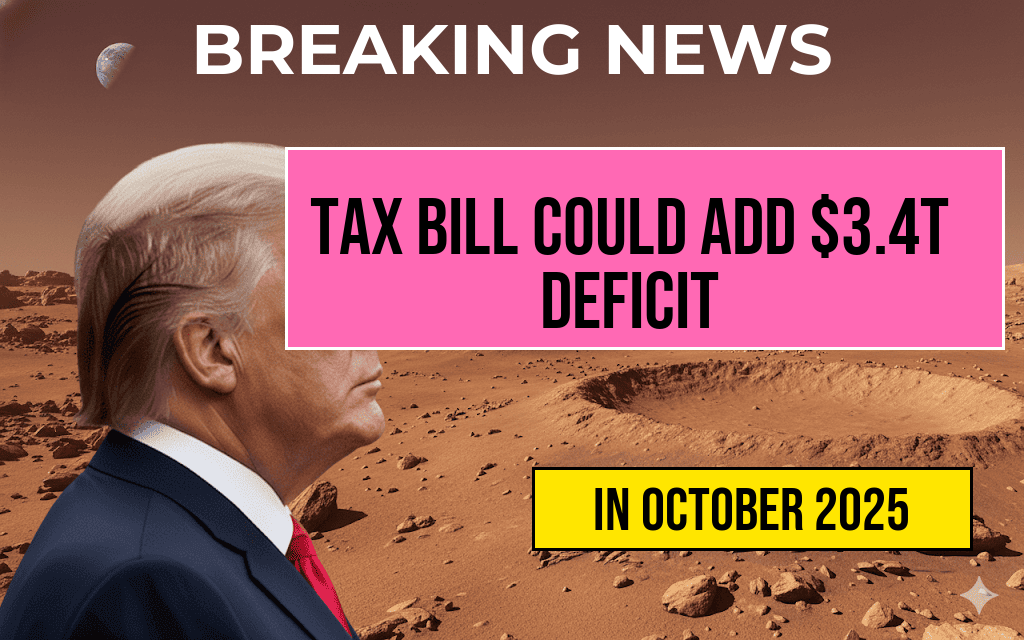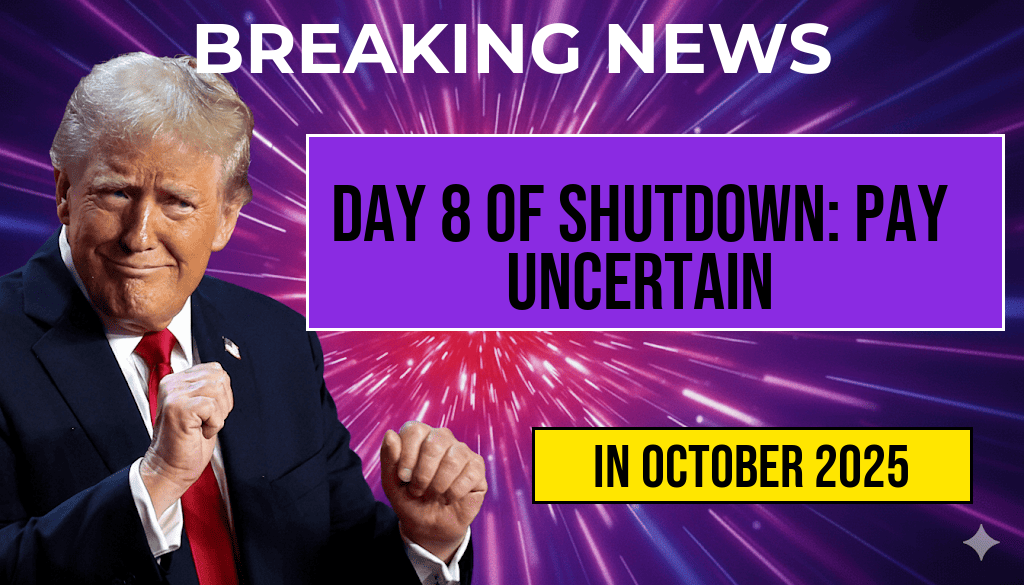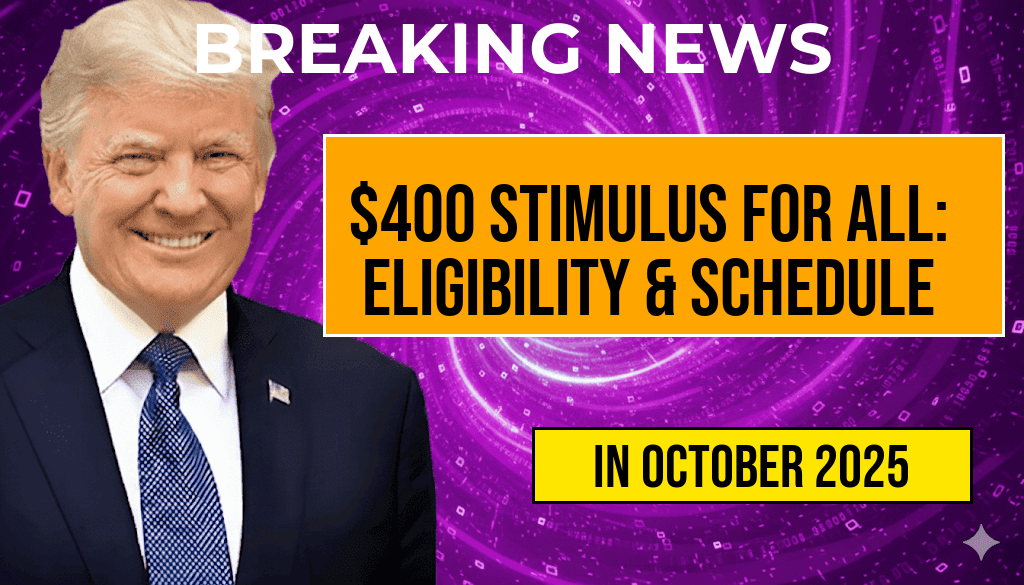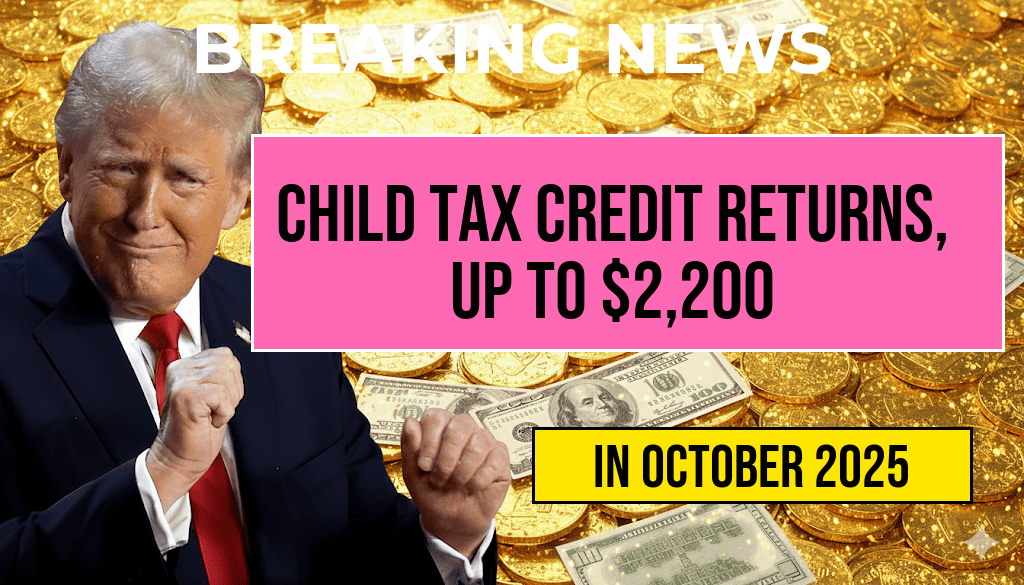Former President Donald Trump has publicly endorsed a controversial shift in retirement investment policies, advocating for the inclusion of high-risk cryptocurrency assets within employer-sponsored 401(k) plans. His proposal, which has gained attention from financial industry leaders and regulators alike, aims to expand investment options for millions of Americans seeking greater diversification and higher potential returns. Under the new rule being considered by the Department of Labor, plan administrators could offer participants the choice to allocate a portion of their retirement funds into cryptocurrencies like Bitcoin and other digital assets, despite their notorious volatility and regulatory uncertainties. Trump’s stance underscores a broader debate about balancing innovation with investor protection, as policymakers scrutinize whether such risky investments align with the long-term goals of retirement savings.
Background on the Proposed 401(k) Cryptocurrency Inclusion
The Department of Labor (DOL) has been exploring ways to modernize retirement plan offerings, with recent proposals allowing for more flexible investment choices, including alternative assets such as cryptocurrencies. The initiative aims to cater to a generation of investors increasingly interested in digital currencies, which have experienced explosive growth over the past decade. The proposed rule would permit plan sponsors to include cryptocurrencies as a permitted investment option, provided they implement safeguards to mitigate risk and inform participants of the potential volatility.
Trump’s Support and Its Implications
Donald Trump’s vocal backing for integrating high-risk investments into retirement portfolios marks a notable departure from traditional conservative approaches. During a recent interview, he emphasized that Americans should have the freedom to pursue high-reward opportunities, including digital assets, which he views as a legitimate part of the financial landscape. “People should be able to decide for themselves whether to include cryptocurrencies in their retirement plans,” Trump stated. “It’s about providing more choices and recognizing the evolving nature of investment markets.”
Potential Benefits Highlighted by Supporters
- Enhanced diversification: Including cryptocurrencies could reduce reliance on traditional assets like stocks and bonds, potentially improving portfolio resilience.
- Higher growth potential: Digital currencies have historically offered significant returns during bullish periods, appealing to investors seeking aggressive growth.
- Increased engagement: Offering modern investment options might attract younger participants, encouraging broader participation in retirement savings.
Concerns and Risks Cited by Critics
- Volatility and loss potential: Cryptocurrencies are known for dramatic price swings, which could jeopardize retirement security.
- Lack of regulation: The evolving regulatory landscape introduces uncertainties, including potential crackdowns or policy shifts.
- Consumer protection issues: Participants may not fully understand the risks involved, leading to uninformed investment decisions.
Regulatory and Industry Perspectives
Industry groups, financial advisors, and regulators remain divided over the proposal. The U.S. Securities and Exchange Commission (SEC) has issued cautious statements, emphasizing the need for robust safeguards and transparency. Meanwhile, some retirement plan providers are exploring pilot programs to test the integration of cryptocurrencies, citing increased demand from clients eager for innovative options.
| Advantages | Risks |
|---|---|
| Greater diversification | High volatility |
| Potential for high returns | Regulatory uncertainties |
| Appealing to younger investors | Lack of investor understanding |
Legal and Policy Considerations
The move to allow cryptocurrencies in retirement plans prompts questions about compliance and fiduciary duty. Plan sponsors must evaluate whether offering such assets aligns with their fiduciary responsibilities to act in participants’ best interests. The Department of Labor’s proposed rule emphasizes that plan administrators should conduct thorough due diligence and disclose risks clearly. Critics argue that the inclusion of high-risk assets could increase the likelihood of participant losses, potentially exposing plan fiduciaries to legal challenges if losses occur due to inadequate oversight.
Public Reaction and Future Outlook
Reactions to Trump’s endorsement have been mixed, with some viewing it as a bold step toward modernization and others warning of the dangers of introducing speculative assets into retirement savings. Consumer advocates stress the importance of education and risk disclosures to prevent uninformed decisions. As regulatory agencies deliberate, the industry awaits further guidance on how cryptocurrencies might be integrated into retirement plans safely.
For more information on the evolving landscape of cryptocurrency regulation, visit Wikipedia’s Cryptocurrency Regulation page. To explore the financial implications of digital assets, see Forbes’ coverage on Cryptocurrency Investments.
Frequently Asked Questions
What is the new 401(k) rule proposed by Donald Trump regarding high-risk cryptocurrency investments?
The new 401(k) rule proposed by Donald Trump aims to allow investors to include high-risk cryptocurrency investments in their retirement plans, providing more diverse options for retirement savings.
Why does Donald Trump support allowing cryptocurrencies in retirement plans?
Donald Trump supports this change because he believes that cryptocurrencies can offer high-growth opportunities and increased investment diversification for individuals saving for retirement, potentially leading to greater financial gains.
What are the potential risks associated with including high-risk cryptocurrencies in 401(k) plans?
The main risks include market volatility, regulatory uncertainty, and the possibility of significant financial loss. Experts warn that these investments are speculative and may not be suitable for all retirement investors.
How might this new rule impact the traditional 401(k) investment options?
This rule could expand the investment universe for 401(k) participants, allowing for a wider range of high-risk assets such as cryptocurrencies. It might also increase investment complexity and necessitate more financial literacy among plan participants.
When is the proposed rule expected to take effect, and what are the next steps?
The proposed rule is currently in the public comment phase, with a timeline for finalization yet to be announced. After addressing public feedback, authorities will decide whether to implement the new guidelines allowing cryptocurrency investments in retirement plans.








